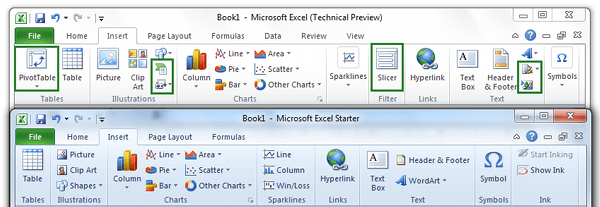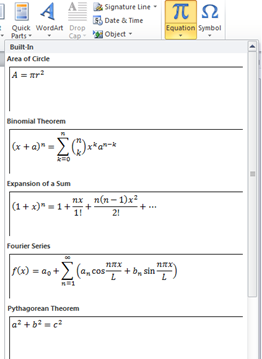

\begin and would look like:Īutomatically convert expressions to professional format

įor example, LaTeX matrices are often created using the following syntax: Some LaTeX expressions take a slightly different syntax than might be expected.

Most LaTeX expressions are supported in this new feature to Word a list of exceptions is provided below for LaTeX keywords that are not currently supported. Here are some other examples of LaTeX expressions that can be built-up into a professional format. This will build into the following professional equation:

To create a 3x3 matrix equation in the LaTeX format, type the following into a math zone: LaTeX equation editing supports most of the common LaTeX mathematical keywords. For example, to align an equation array, you can use and &, as in the resolves to:īrackets with When an example is followed by two consecutive spaces, the first space resolves the typed text into the equation, and the second space builds it up. You can type most equations in UnicodeMath quickly by using Math AutoCorrect codes. UnicodeMath resembles real mathematical notation the most in comparison to all of the math linear formats, and it is the most concise linear format, though some may prefer editing in the LaTeX input over UnicodeMath since that is widely used in academia. Note: Convert a professional format equation format to it's source format, change the convert tool to build a linear format by selecting the desired option from the Convert menu. You can similarly convert an equation back down to a linear format with Ctrl + Shift + =.


 0 kommentar(er)
0 kommentar(er)
